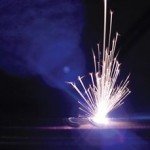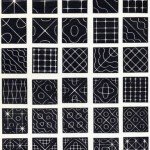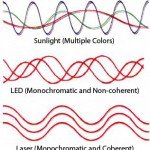What is Cyrogenics ?
In physics, cryogenics is the study of the production and behaviour of materials at very low temperatures (below −150 °C, −238 °F or 123 K). Cryogenics is the science of extreme cold. Research in this field aims to understand how to produce and maintain temperatures below 123 degrees Kelvin, or minus-150 degrees Celsius (minus-238 degrees Fahrenheit), and to study the effects of these freezing environments on various different physical, chemical and biological processes. Heat is generated by the random movement of molecules, and as the temperature drops they start to slow down. According to the laws of thermodynamics this cannot continue indefinitely – there must be a bottom, a point at which molecular motion stops completely.
 This point, the coldest possible temperature, is known as absolute zero, or zero degrees Kelvin (minus-273.15 degrees Celsius / minus-459.67 degrees Fahrenheit). As materials’ temperature approaches absolute zero, their behaviour changes dramatically. When permanent gases such as nitrogen and oxygen reach temperatures in the tens of Kelvins, they can be turned into liquids, which can be used as fuel for spacecraft, to rapidly cool food for preservation, or even for the surgical removal of damaged cells in the body.
This point, the coldest possible temperature, is known as absolute zero, or zero degrees Kelvin (minus-273.15 degrees Celsius / minus-459.67 degrees Fahrenheit). As materials’ temperature approaches absolute zero, their behaviour changes dramatically. When permanent gases such as nitrogen and oxygen reach temperatures in the tens of Kelvins, they can be turned into liquids, which can be used as fuel for spacecraft, to rapidly cool food for preservation, or even for the surgical removal of damaged cells in the body.
When niobium alloys drop close to absolute zero, they completely lose their electrical resistance, and become superconductors, capable of producing powerful electromagnets that can accelerate subatomic particles to almost the speed of light. And when the temperature reaches 2.19 degrees Kelvin or lower, helium loses its viscosity and becomes a superfl uid that can, amazingly enough, crawl up the sides of glass beakers. (Source : How-It-Works Magz)


























